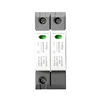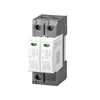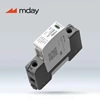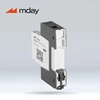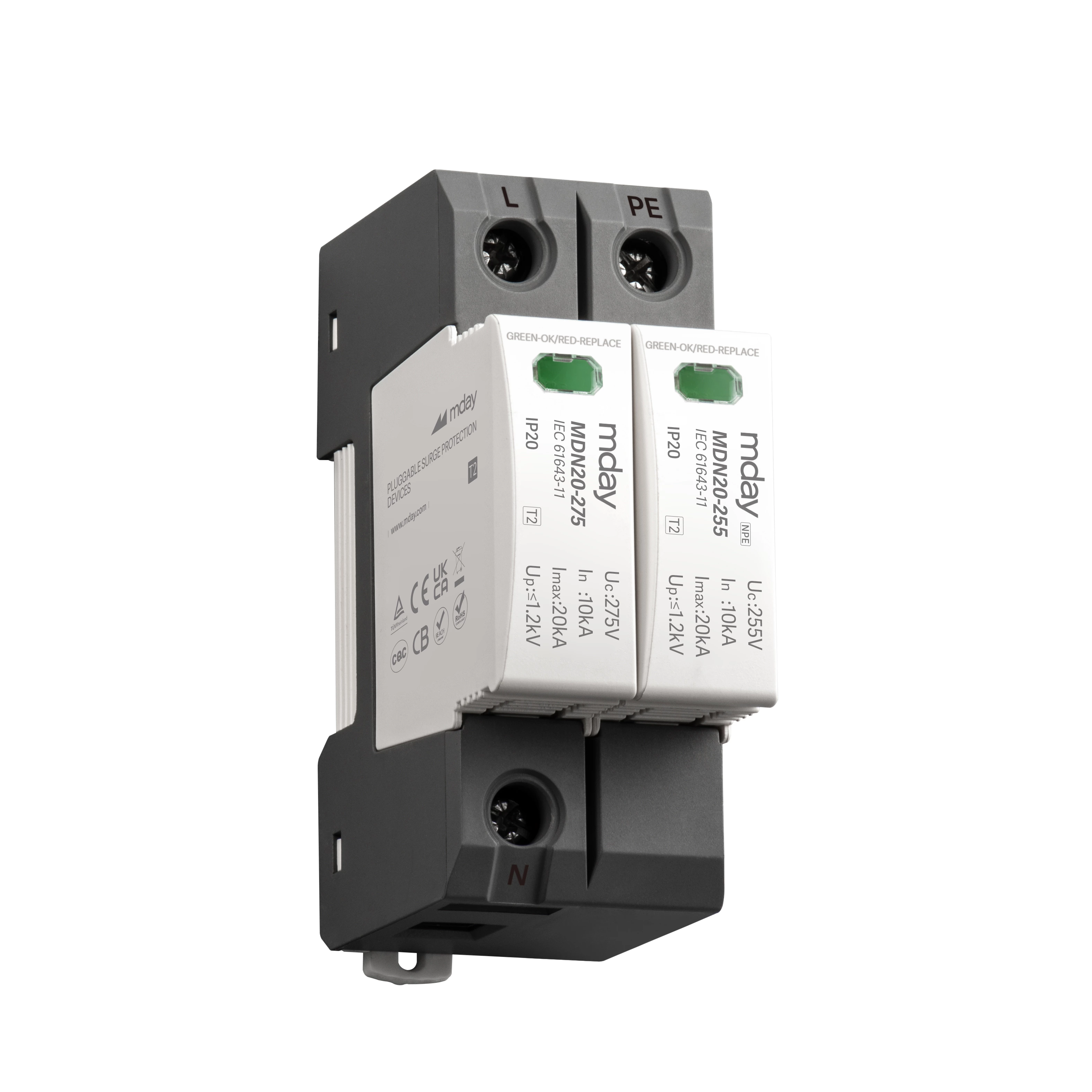Varistor Surge Protectors For Secondary Protection
In the previous article, the editor introduced the technical characteristics of primary surge protectors. Now let's introduce the technology of varistor surge protectors for secondary protection. Type 2 surge protection devices are usually installed in sub-distribution or machine control cabinets. These SPDs must be able to release induced surge voltages caused by indirect lightning strikes or switching operations, but cannot handle direct lightning strikes. As a result, the energy input is significantly reduced. In any case, the induced surge voltage caused by switching operations is usually very dynamic, and discharge technologies with fast response behavior such as varistor technology are suitable for the production of surge protectors for secondary protection.
Varistors (variable resistors or metal oxide varistors, MOVs) in varistor surge protective device for secondary protection are semiconductor components made of metal oxide ceramics. They exhibit a nonlinear current-voltage characteristic curve. In the low voltage range, the impedance of the varistor is very high, but in the higher voltage range, the impedance drops rapidly, so that very large currents can be released without problems. Therefore, the characteristics of the varistor are called voltage-limiting characteristics. Due to the typical response time in the lower nanosecond range, varistors are even very suitable for limiting particularly dynamic surge voltage phenomena.
High-performance varistors in varistors for secondary protection surge protection device can even demonstrate pulse discharge capacities of up to 12.5 kA (10/350 μs), which means that they are also suitable as type 1 SPDs for use in environments with low protection levels.
For higher pulse discharge capacities of 25 kA to 50 kA (10/350 μs), several varistors must usually be used in parallel. Manufacturers of surge protection without spark gap technology therefore often use varistors as type 1 SPDs for lightning protection class I.
The concept of using varistors for the production of type 1 surge protectors has serious disadvantages: if the characteristics of the parallel varistors are not precisely matched, the requirements are difficult to meet. During operation, the individual paths are placed under different loads. Over time, the uneven loads become increasingly greater and eventually lead to overloading of the varistors. Therefore, it is more appropriate to use spark gap technology for primary surge protectors and varistors for secondary surge protectors.


